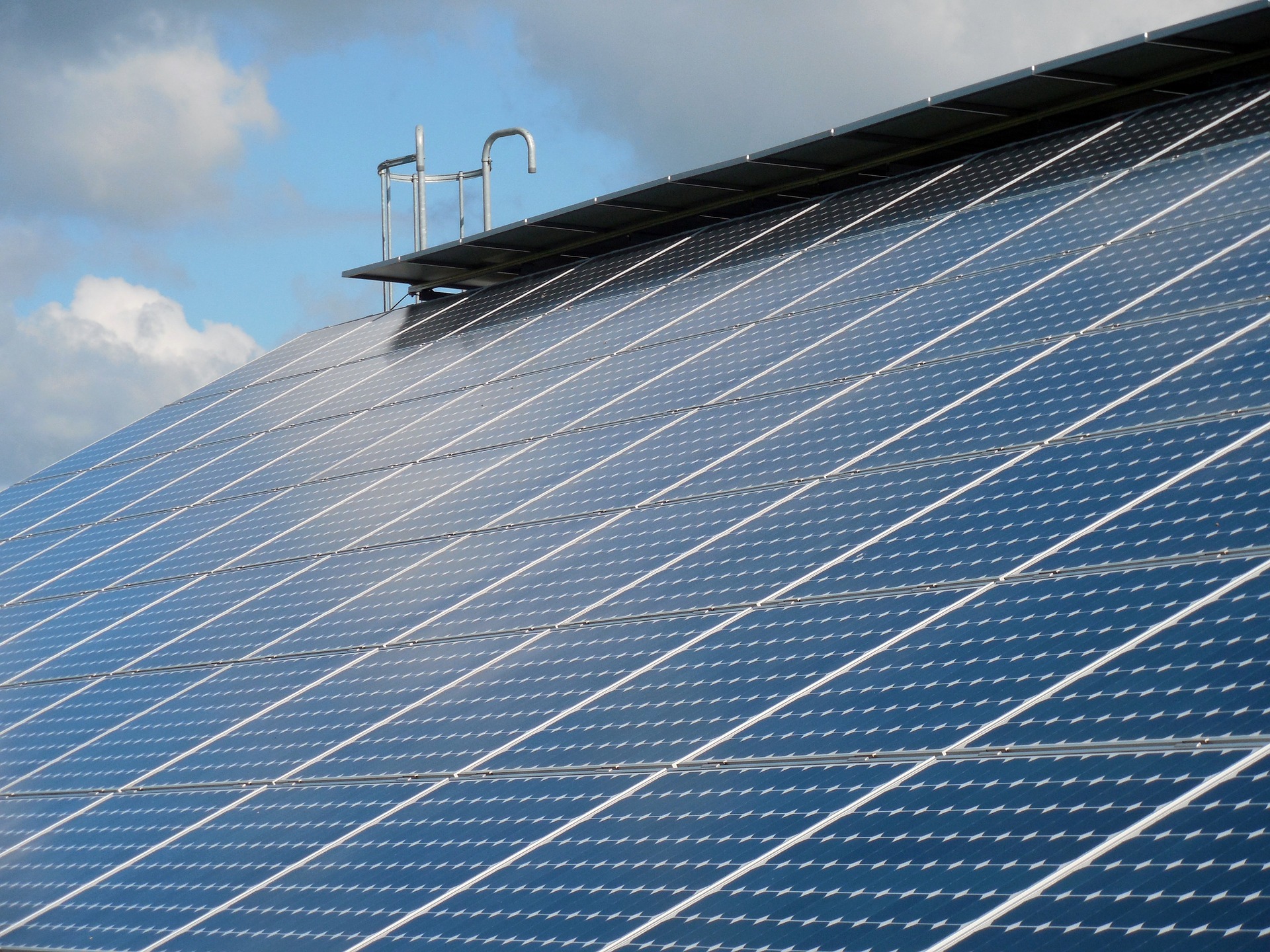This site is under construction, to find out more go to
YouTube: DrMichaelGamble or www.zeroscape-thebook.com
What is a Carbon Footprint?
Hi, I’m Dr. Michael Gamble, the modern scientist, and I’d like to discuss the carbon footprint. “What is a Carbon Footprint and how can I minimize mine?” is a question thoughtful people are asking more and more. With the population explosion of the past several decades, our planet’s fragile eco-system has come under threat. The continual excavation and burning of fossil of fuels for transport and industrial production and excessive deforestation for infrastructure development and food production are just a couple of examples. Turns out, our Milky Way Galaxy, indeed our bio-sphere, including the human body which is about 18% carbon, second only to oxygen– is based upon the element carbon 12. It’s the most ordinary, non-radioactive version of the element, but it’s essential to human life.
So … if carbon is king, why not go for a bigger carbon footprint. This is America, right? Bigger is not better in this case. You see, a carbon footprint can be defined in terms of the release of so-called Greenhouse gases—CO2, Methane, and water vapor in descending order of harmfulness to the environment. Expressing all of these as an equivalent release of only CO2 is a measure of carbon footprint.

How Does Solar Energy Work?
Hi, I’m Dr. Michael Gamble, the modern scientist, and I’d like to discuss how solar energy works. How does solar energy work, well, as the name suggests solar energy is light and heat energy emitted by our sun. The fraction of that energy that is radiated through space onto the Earth’s surface engineers refer to as insolation. The sun shines 10 ‘Q’ of free energy onto the Earth every day! Now, a ‘Q’ is a quintillion BTUs, that is 10 with 18 zeros after it! Yeah, and you thought your 50,000 BTU air conditioner was humongous— So much free energy, there goes a check mark on the cost box in favor of right away deploying solar panels. Not so fast, remember the energy is spread over the entire surface of the Earth, that would be 200 million square miles (or 500 million square kilometers).
Turns out, the sun’s energy that is radiated onto Earth’s surface is quite diffuse. But you knew that. No one fears getting zapped when going outdoors. Our experience of sunlight is often this subtle warming effect on our faces and maybe our arms, if exposed. But how quickly you can be sunburned hanging around a tennis tournament near Palm Springs during Springtime, or sitting on a sunny beach in Florida in the summer, or even hiking in the Canyonlands or in the Bandelier National Monument in the Fall. What’s up with that? The sun does not deposit its solar energy evenly across the Earth. Much more energy is deposited across the equatorial regions of the planet than the polar icecaps. This is a result of the Earth’s tilt on its axis and the fact that more energy is absorbed by surfaces where light strikes them dead on rather than at a glancing angle. The more acute the angle of incidence, the less energy of the incident light absorbed. So, if you happen to live in equatorial Africa or America’s sun belt, that swath of land stretching from the Eastern to Western seaboards below the 36th parallel, including Tennessee, Texas, Nevada, California, there’s one more good reason to warm up to solar energy.


Is Solar Energy Right for Me?
Hi, I’m Dr. Michael Gamble, the modern scientist, and I’d like to discuss whether solar energy is right for you. “Is solar energy right for me?” Well, that’s a good question that’s asked often in this age of concern for the environment, improving technology, and wildly fluctuating energy prices. The good news is that the energy our sun radiates onto Earth’s surface, referred to as insolation, is entirely free. The bad, the electrical and mechanical systems required to harness this energy and transform it into a useful form for operating household appliances or selling to the electric utility grid are not free. But there’s more good news is that the Federal Government has extended financial incentives and many state governments have additional perks for homeowners wishing to deploy home-based solar panels, so-called photovoltaic systems.
All photovoltaic systems use Einstein’s Nobel Prize winning discovery called the photoelectric effect to transform light energy into a direct electrical current. There are several different types of media, all based on semiconductors, used to accomplish this. There are specially formulated powders that can be sandwiched between thin sheets of plastic to form so-called thin film solar cells. The other dominant player uses elemental silicon. Silicon is a metalloid or a metal-like element, and should not be confused with silicone, which is a polymer, it’s plastic containing some silicon. Elemental silicon is a natural semiconductor and has been used in the microelectronics industry for decades. Think of the 386 chip, the Pentium chip and today’s incredible A-series processors used by Apple in their i-devices, they’re all silicon based.
But now for the nitty gritty of performance and cost of your photovoltaic system. Thin film technology is the cheapest, but is the least efficient and degrades from its exposure to sunlight the quickest. But, if you have plenty of room around your place, it may be possible to deploy many thin film photovoltaic modules and achieve your energy generation goals at less cost. If you have only your rooftop as a deployment option, then silicon technology may be your best bet.
Affiliations





